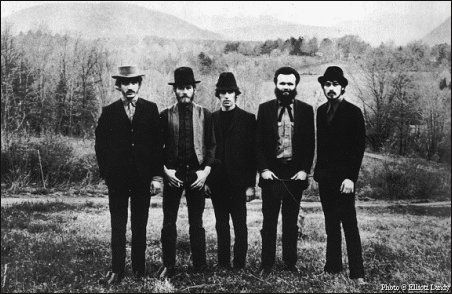Oil Springs: Step Back to See the Future
- Gabrielle Bossy

- Oct 5, 2013
- 3 min read
Yesterday, my class visited the Canadian Oil Museum in the village of Oil Springs to learn about the beginning of the modern oil industry. It was an exciting trip that was not only informative but a great way for the class to bond! We got a behind-the-scenes look with a morning tour of Charlie Fairbank’s property. Owning 600 acres of land, Charlie Fairbank’s property encompasses much of Canada and the world’s oil heritage and history including the location of the world’s first gusher, two large gum beds and original line systems that are still in use today. There was a lot to see (and admittedly, a lot to smell). The morning tour encompassed a lot of Fairbank’s personal property that most museum visitors do not get to see and I have to say- it was the very best part! Although a lot of the technical terms that Fairbank used on the tour went right over my head, it was clear that the site was oozing with historic significance with original systems still in place and many buildings still in their original conditions. For example, in the blacksmith area on Fairbank’s property (where he himself worked at a younger age and recalls the cold winters from the warmth of the welding station), a number of jackknife carvings remain on the wooden doors of the shop from the 1930s. Little things like this make the property seem all the more authentic.

One of the most amazing things about the outlying property around the museum itself was how much it still relied on the earliest forms of getting oil. Fairbank commented consistently on how the old, simple ways were the best ways. One of the biggest examples of this are the old lines which are still being utilized in their original forms. Fairbank said at one point they switched from metal hangers to yellow rope but the yellow rope sagged eventually making the whole system a little off kilter and so it was returned to the original format. Amazing! I couldn’t believe how something so old and primitive could still be so useful and even more impressive that nobody changed it. I guess you shouldn’t fix what isn’t broken!

The museum itself was very impressive too. I couldn’t believe all the interactivity considering it was based in such a small village. Indoors interactive computer games, movies about the oil industry with a hand-selection screen that allows the viewer to decide which area of the world’s oil industry he or she would like to learn about, games for kids, movie recreations of the early oil history and a model of the drilling process all made the experience more lively and entertaining. All this was available on top of numerous oil industry artifacts, stories, and a collection of very impressive black and white photographs!
Just outside the main museum was a small reconstructed village placed on the site of the original west gum bed. The site of the first gusher and first oil well remain in tact with educational plaques to tell about their history and a number of Petrolia and Oil Springs buildings have been transplanted to the site including a post office and train station. It’s all very professionally done but has a laid-back atmosphere that allows the visitor to travel freely between exhibits.

In recent years, as our program coordinator points out and I’m sure as you’ve noticed, oil has become somewhat of a dirty word. With the Tar Sands and the BP Oil Spill, the oil industry has become synonymous with the destruction of the earth. However, Fairbank’s property and the museum itself tell a different story and although it is not completely separated from environmental degradation, it shows the signs of healthy land with lots of vegetation and animals living on the property. Fairbank even had some of his own negative words on the tar sands (although nothing to the extent of Neil Young’s Hiroshima comment, which I would love to defend in another blog post at a different time) which lead the visitor to believe and see why his property is more important to preserve and maintain. As they begin to pursue a UNESCO designation, more and more research is uncovering the importance of the oil industry in Oil Springs. Overall it was a great trip to a very impressive site.



Comments